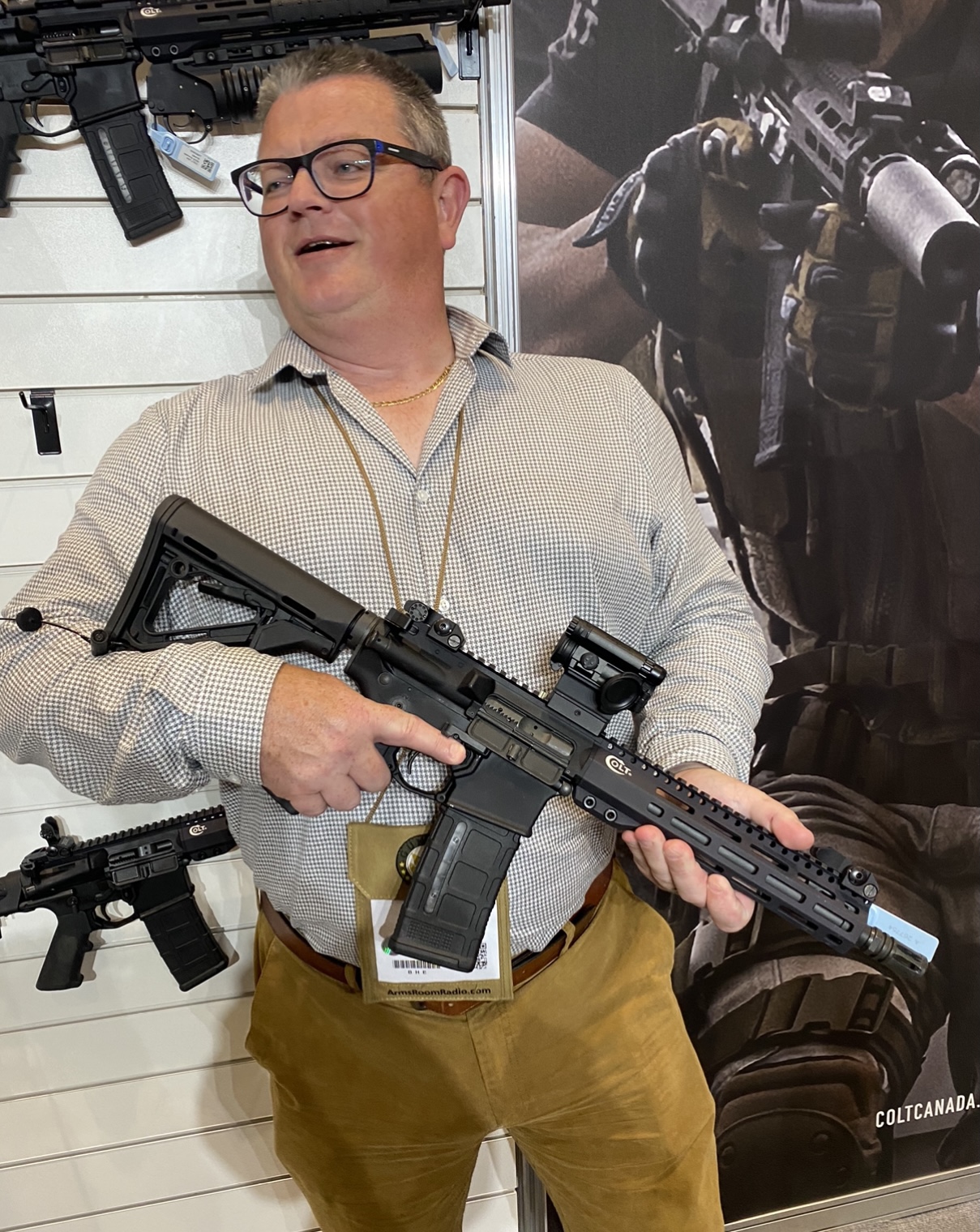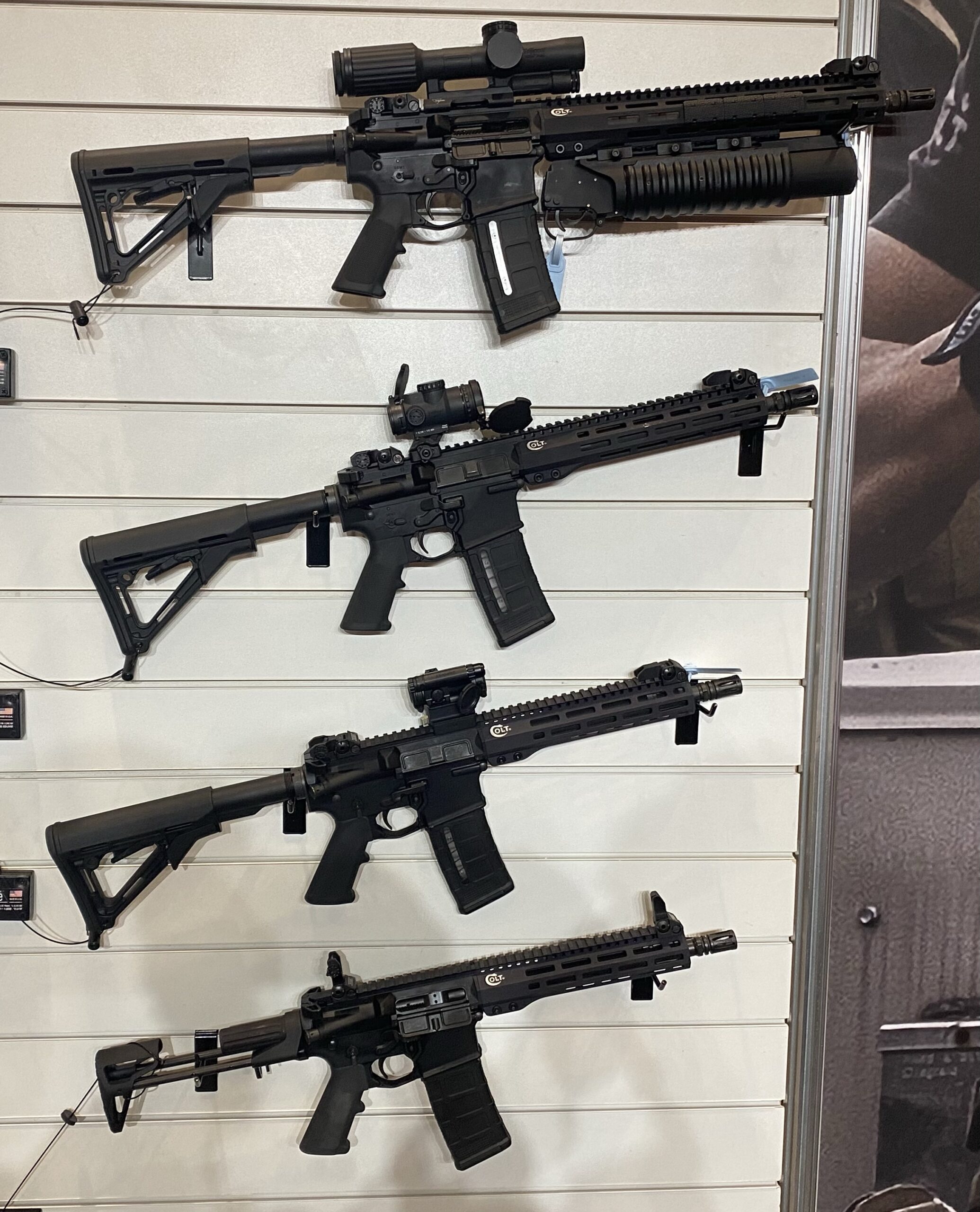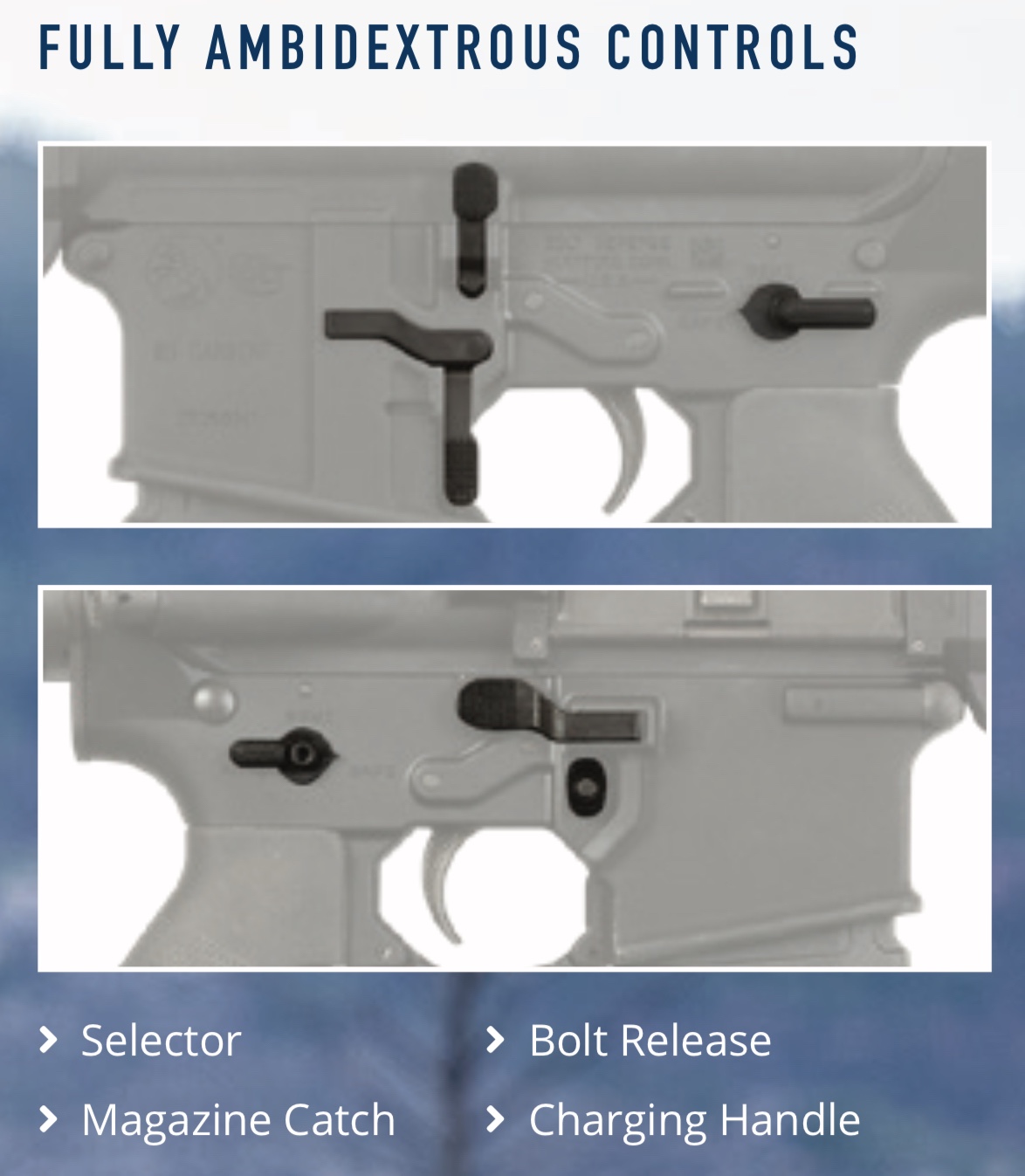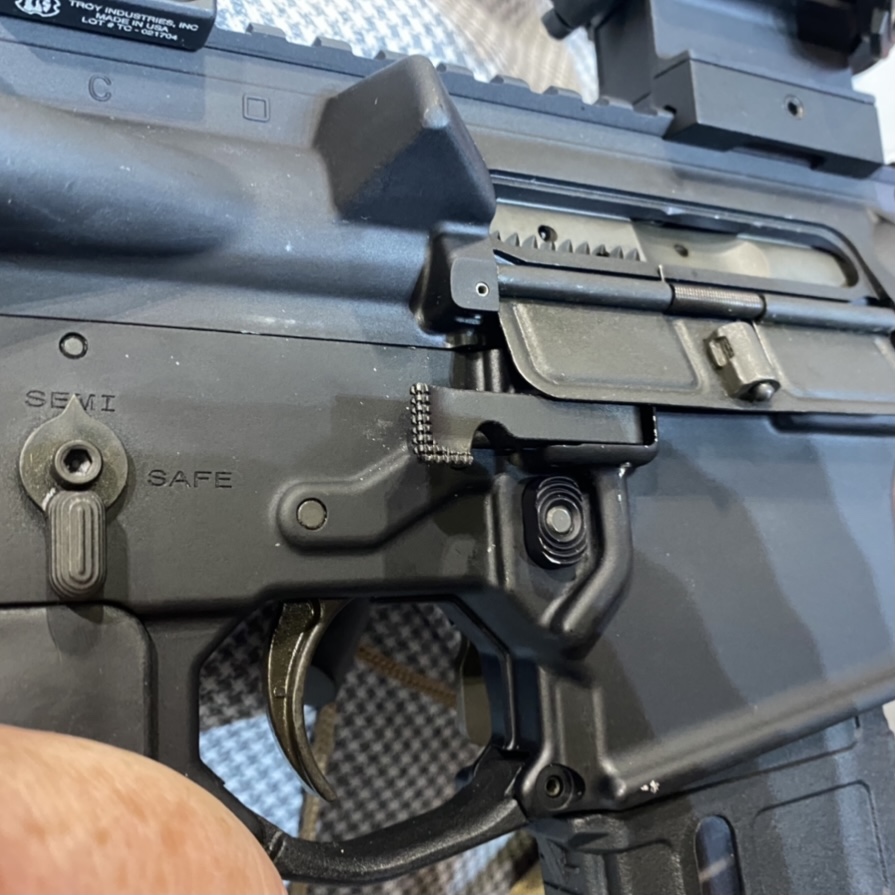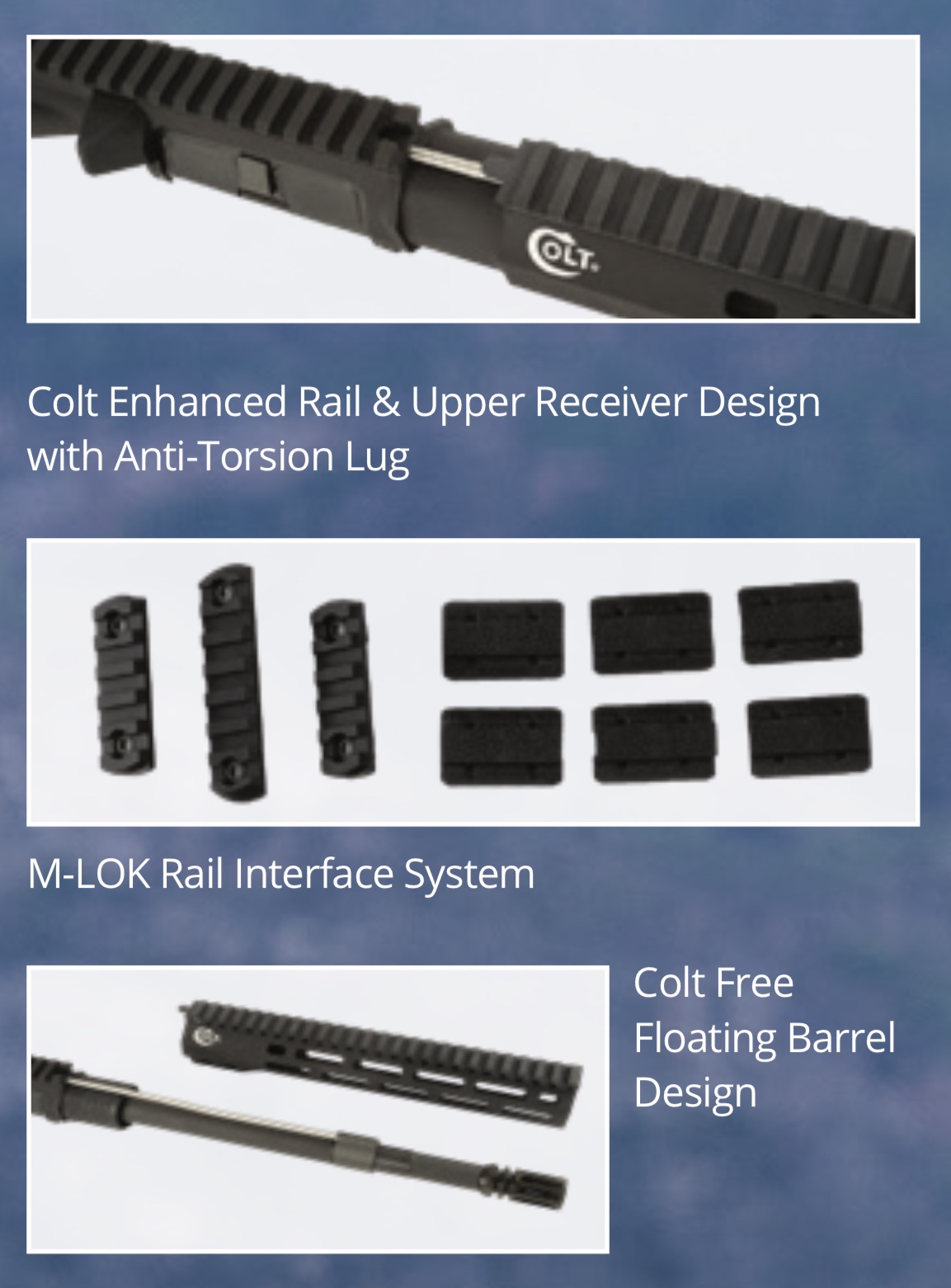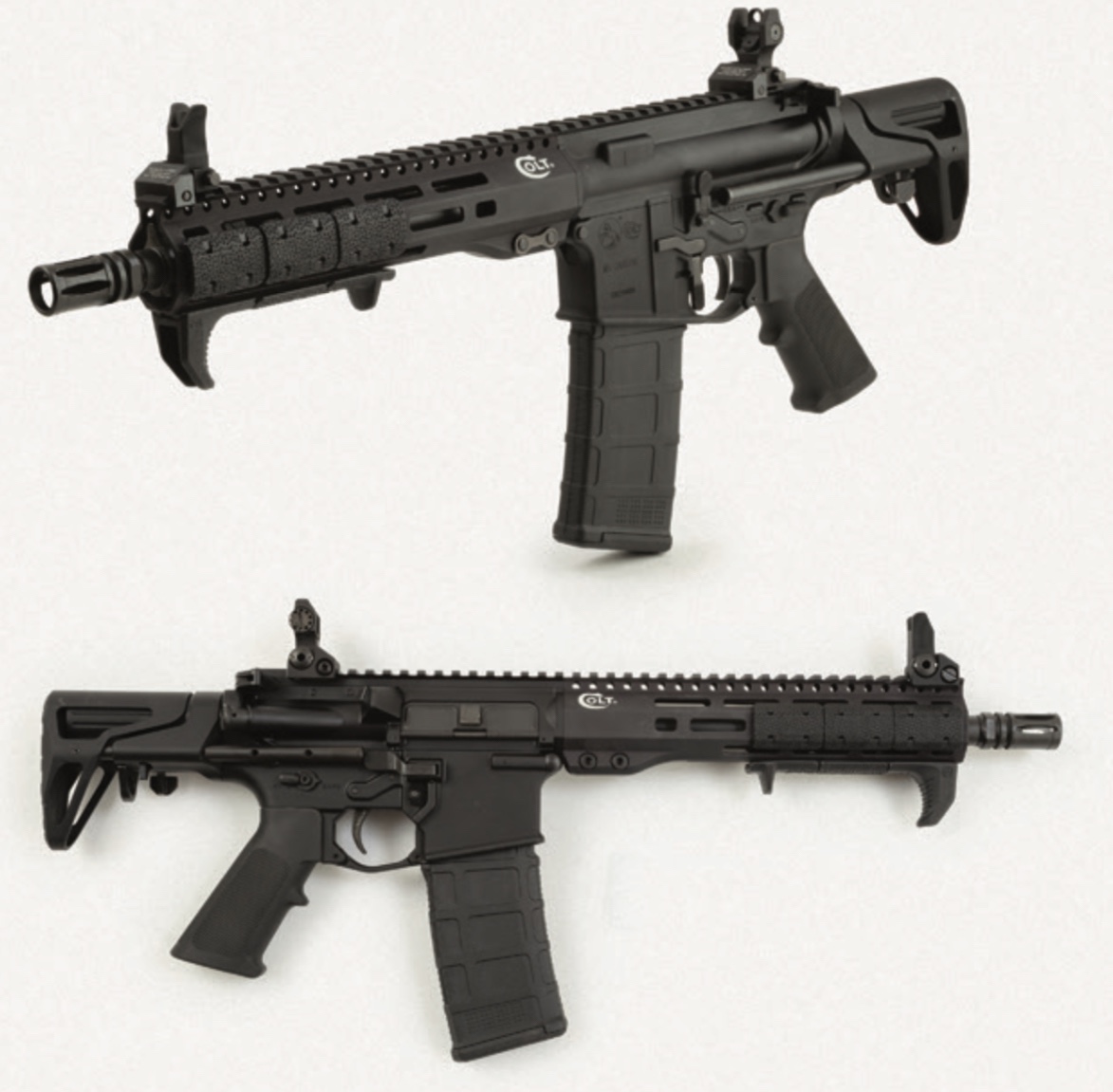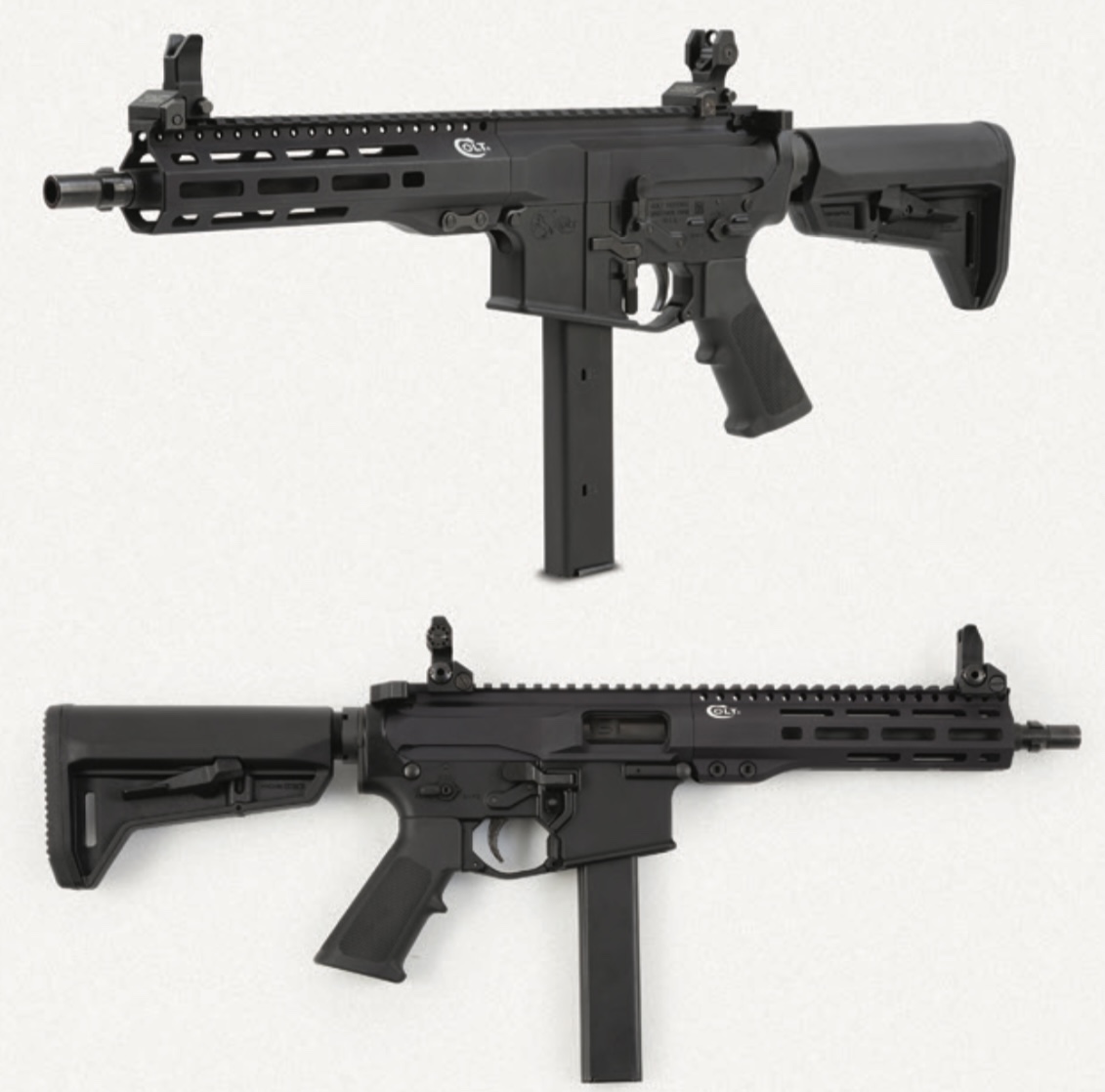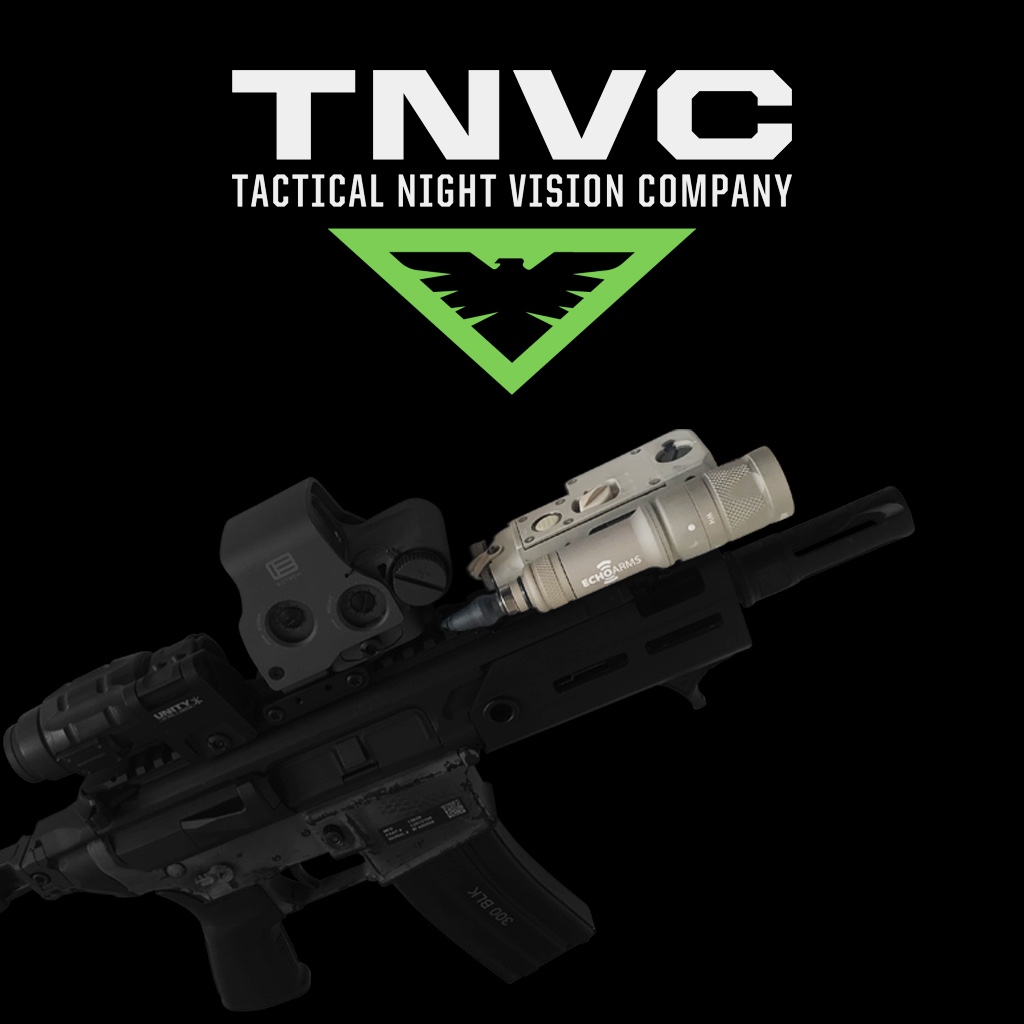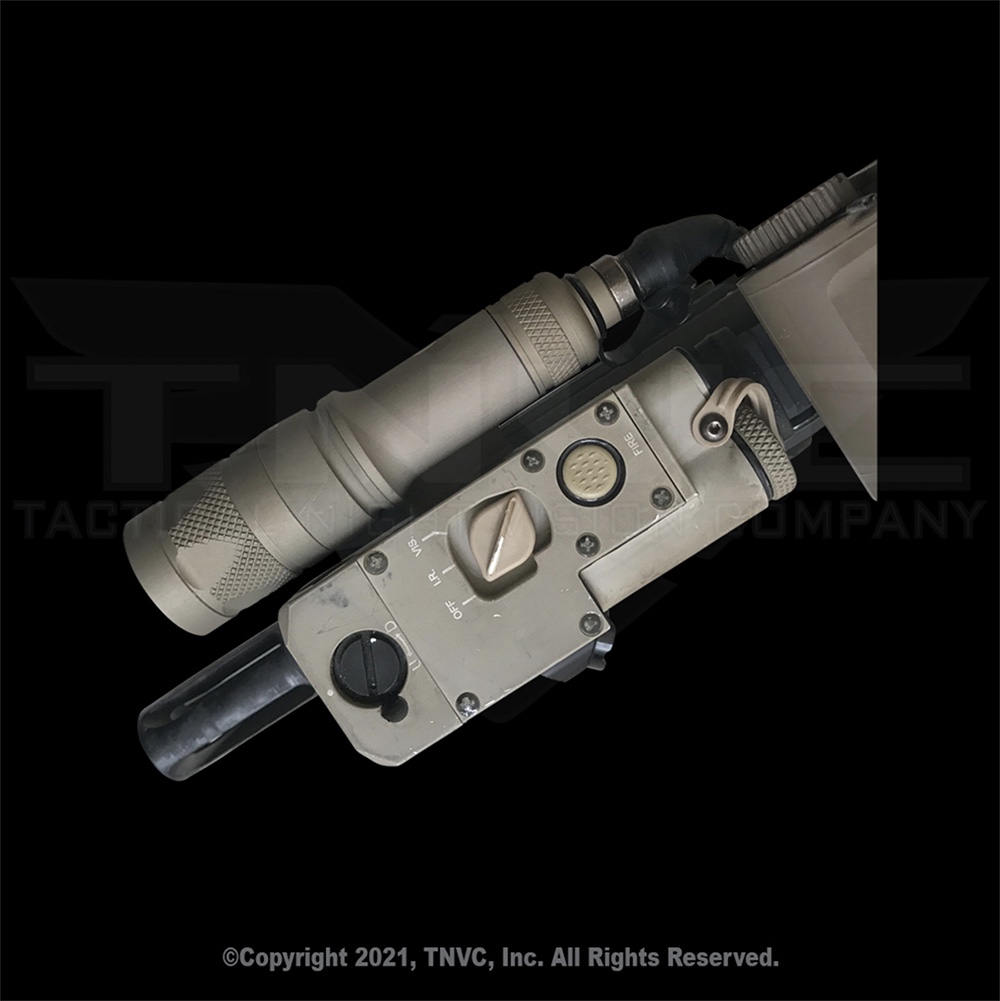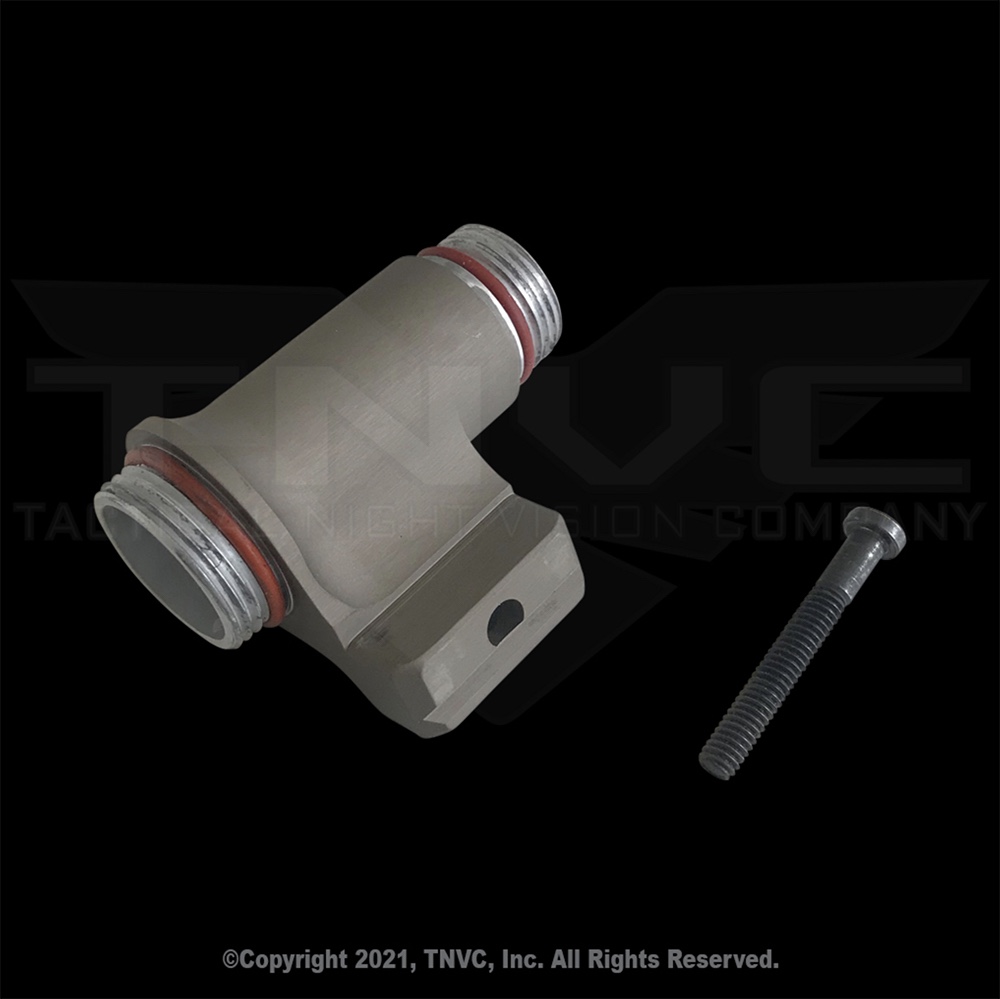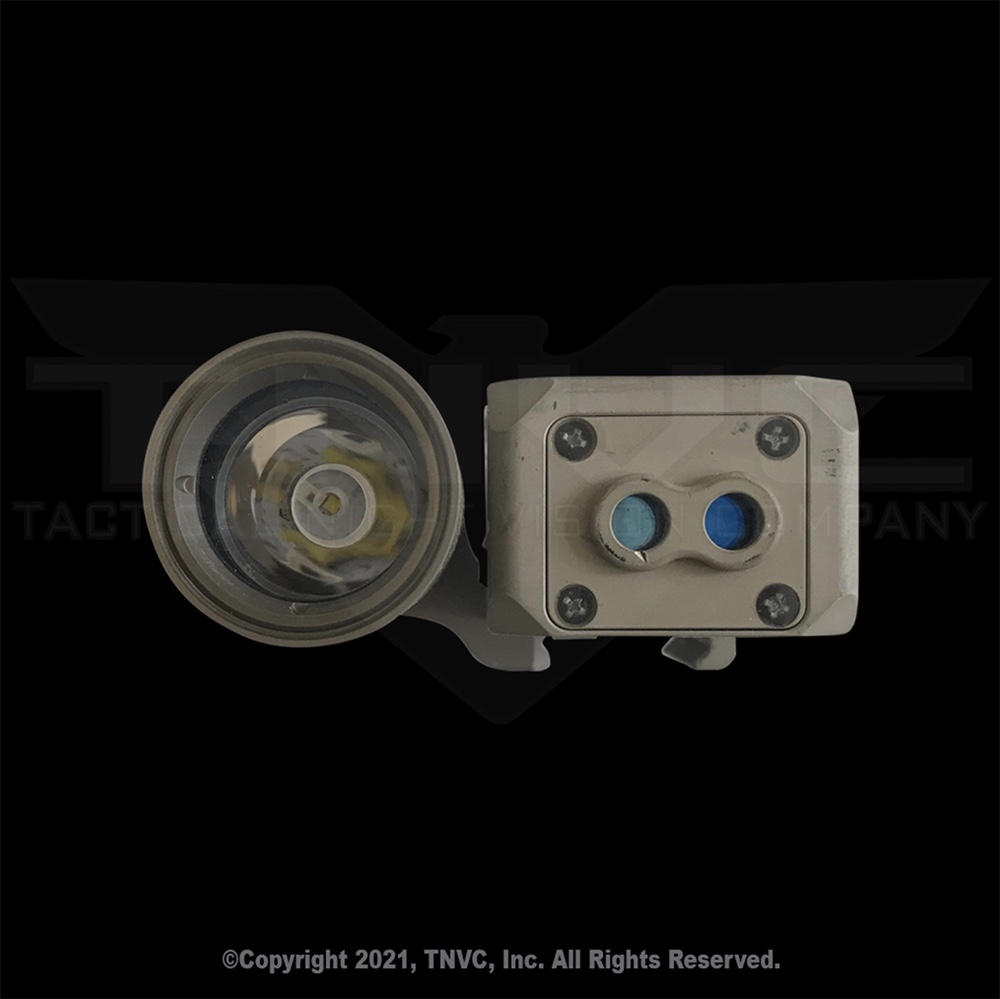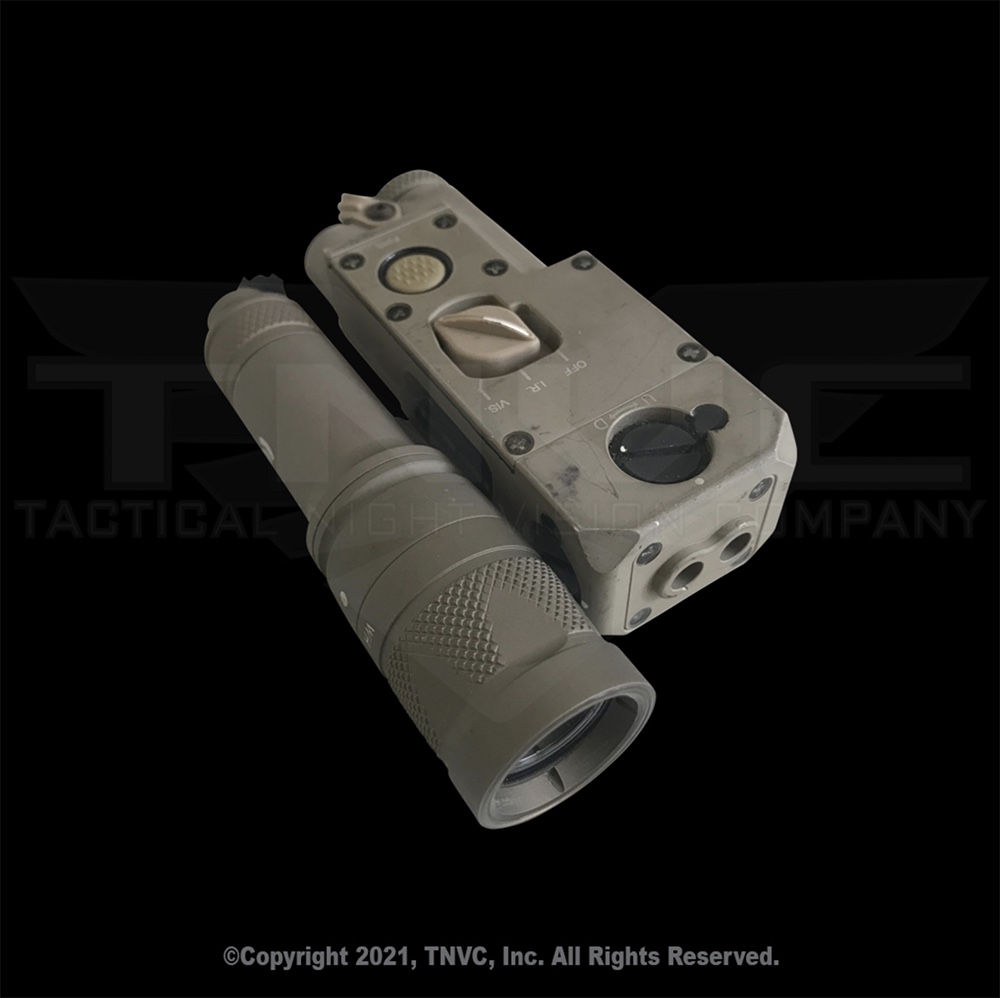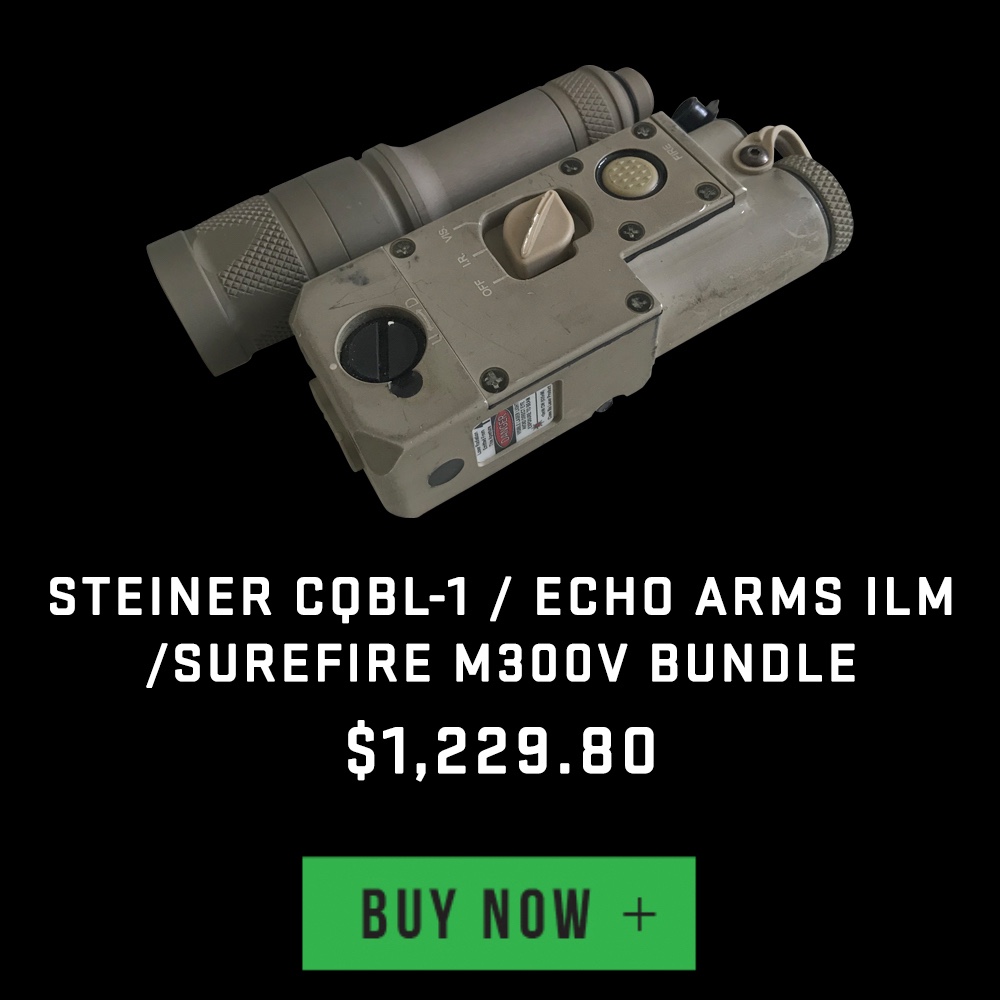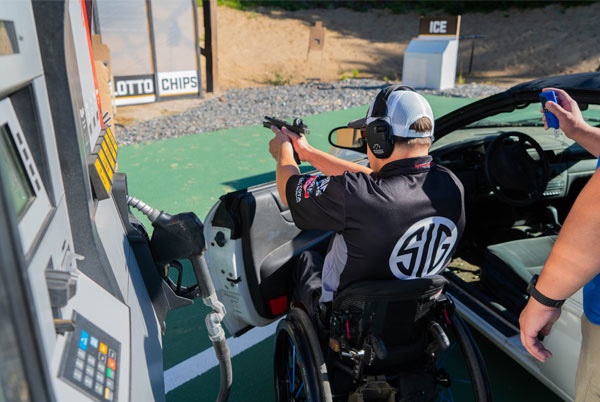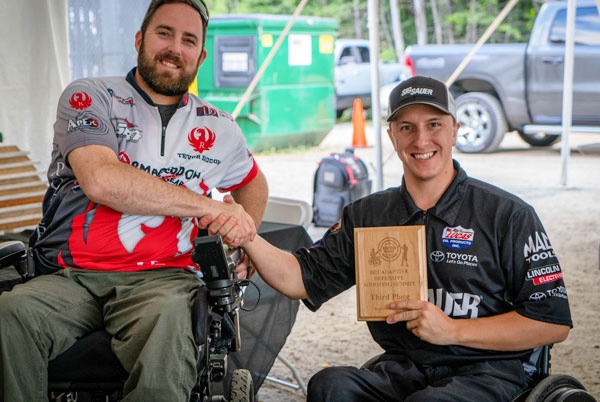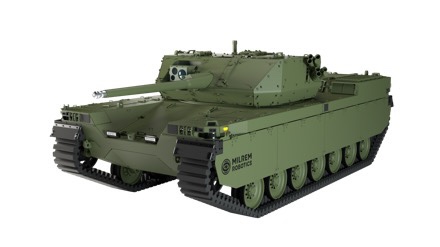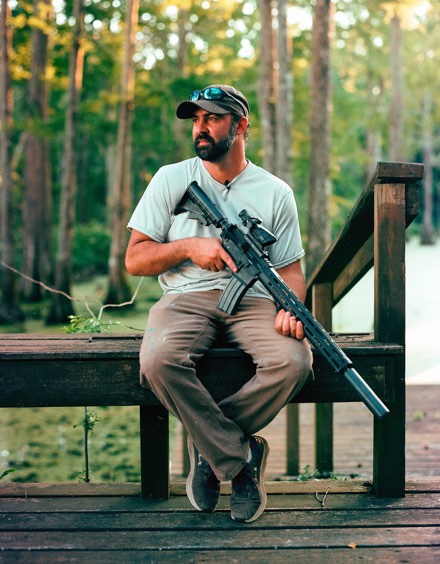The Vice Chief of Staff of the U.S. Air Force, Gen. David Allvin, visited the 505th Command and Control Wing’s Howard Hughes Operations, or H2O, facility in downtown Las Vegas, Nevada, Aug. 28.
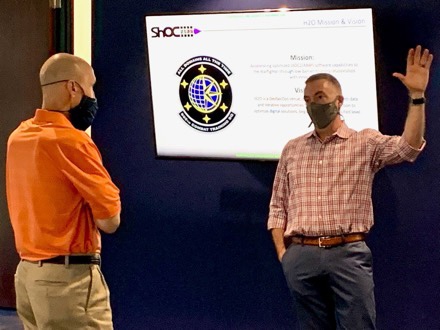
H2O is part of the 805th Combat Training Squadron’s Shadow Operations Center – Nellis, or ShOC-N. ShOC-N is the Air Force’s primary Advanced Battle Management System (ABMS) Battlelab for experimentation and incubation of new command and control technologies and development of C2 tactics, techniques, and procedures enabling multi-echelon, multi-domain battle management.
During the Vice Chief’s visit, 505th personnel showcased ShOC-N’s efforts to build a persistent experimentation ecosystem where anyone could come and put hands-on future C2 capabilities.

Assessing the collaboration on display, Allvin said, “The value of developing capabilities in a battle laboratory is immeasurable. ShOC-N is future-focused but maintains a connection to the warfighter to ensure they are experimenting and incubating useful capabilities at the speed of relevance.”
The ABMS Battlelab is the intersection of technologists, acquisition, and warfighters for direct, credible, and rapid evolution of capabilities. “It is the persistent, iterative nature of the ShOC-N Battlelab that makes it so valuable,” said Lt. Col. David Spitler, ShOC-N commander.
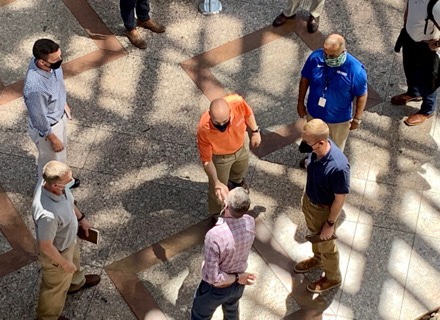
“Every activity has to count,” said Col. Frederick Coleman, 505th CCW commander. “Every day, USAFWC [U.S. Air Force Warfare Center] agencies are leading test, experimentation, and training of the most advanced capabilities ever seen. Our job is to leverage each opportunity and find ways to use it to advance ABMS. It’s an iterative process that allows us to rapidly test, train, and deliver C2 capability, and the ShOC-N is the nexus of that process.”
The VCSAF’s visit was a joint engagement with AFWERX, which is also located in the Howard Hughes complex. AFWERX is instrumental as a model to discover innovative opportunities both from industry and Department of Defense partners and deliver tangible capabilities to warfighters at speed.
AFWERX already played a key role in helping the 505th CCW find and develop partnerships.
“We literally grew up on their [AFWERX] couch for about 18 months,” said Lt. Col. Aaron Sick, ShOC-N director of innovation. “AFWERX has a proven track record of discovering industry and military talent through their workshops and challenges, transitioning innovative ideas into real capabilities.”
Sick continued, “ShOC-N is a great compliment to what AFWERX is already doing.”
“ABMS is expansive,” said Spitler, “but we have clear lines of effort and specific warfighter requirements that partners can target for focused experimentation within the Battlelab ecosystem, and we know AFWERX has a portfolio of opportunities ripe for experimentation.”
Providing a low barrier to entry into the ABMS Battlelab ecosystem is critical. Approximately 70% of the companies working with AFWERX have no prior government experience.
“Our goal is to allow partners to engage with AFWERX and then walk across the atrium and immediately begin experimentation with ShOC-N,” said Maj. Greg Haverkorn, ShOC-N director of systems and communications. “We can provide an unclassified environment with access to warfighters and warfighting data in order to quickly start the maturation process.”
“When ready, ShOC-N can help match product owners with the required cybersecurity and accreditation professionals to move the capability into an appropriate operationally relevant experimentation environment such as the ShOC-N primary Battlelab on Nellis Air Force Base,” Haverkorn continued.
The 505th CCW collaborates with the other USAFWC Wings and staff, Air Combat Command, and Headquarters Air Force to showcase the initial persistent Battlelab concept. The intent is to provide Department of the Air Force leadership a hands-on introduction to the potential of the Battlelab.
Courtesy of 505th Command and Control Wing (ACC), Public Affairs
Photos by Lt Col David Spitler
